Weeks 8 & 9: Energy Transformations 1 & 2
1/41
There's no tags or description
Looks like no tags are added yet.
Name | Mastery | Learn | Test | Matching | Spaced |
|---|
No study sessions yet.
42 Terms
A Just Transition
Fair and equitable process of moving towards a low-carbon economy, ensuring that no one is left behind
International Energy Agency’s World Energy Outlook 2023
The renewable energy revolution is “unstoppable”
If global net zero commitments are met, demand for fossil fuels will drop by 65% from 2021 to 2050
Electricity use could double in the same timeframe
Reality of Canada’s energy future
Demand for fossil fuels driven by global forces, not in Canada’s control
Many jobs in the sector will be lost in Canada
Jobs in fossil fuel sector already in decline in Canada
Other countries (e.g. Australia, Germany, Spain, etc): more advanced plans
US moving fast with massive government support for renewable energy development (now unclear...)
Canada risks falling behind/being left out
Organized labour perspective
The Canadian Labour Congress: government policy should help create “good” jobs in renewable/green energy sector
Cannot afford to ignore looming threat of climate crisis
Global economies = shifting to address climate change, jobs and work will evolve
Workers and unions → at decision-making table to make sure no one is left behind
4 pillars of Decent Work Agenda (from the International Labour Organization)
Full and productive employment;
Rights at work
Social protection
Promotion of social dialogue
10 indicators of Decent Work Agenda (from the International Labour Organization)
Employment opportunities
Adequate earnings and productive work
Decent working time
Combining work, family and personal life
Work that should be abolished
Stability and security of work
Equal opportunity and treatment in employment
Safe work environment
Social security
Social dialogue, employers’ and workers’ representation
From workers’ perspective, just transition should…… (5 requirements)
Preserve current salaries
Involve unions negotiating with government on behalf of workers
Guarantee on-the-job training for new jobs
Protect hard-earned pensions
Utilize existing skills in new industries, wherever possible
Canadian federal government response/policy
“just transitions” vs “sustainable jobs” → created Sustainable Jobs Act (Bill C-50) in June 2023
Act respecting accountability, transparency and engagement to support:
Creation of sustainable jobs for workers
Economic growth in a net-zero economy
Sustainable job
Job that is compatible with Canada’s path to net-zero emissions and climate resilient future
Also, concept of decent, well paying, high-quality jobs that can support workers and families over time
Includes fair income, job security, social protection and social dialogue
5 principles of Sustainable Jobs Act (Bill C-50)
Engaging stakeholders and partners, build social consensus in shift to net-zero economy
Support creation of good-paying, high-quality jobs
Recognizing local and regional needs
Being inclusive— address barriers to employment with employment opportunities for groups underrepresented in labour market
Well-being of workers/communities and achievement of Canada’s climate goals (see Paris Agreement)
What is the demand for jobs like for a net zero future?
Demand for environmental jobs should increase by 8.1%, or 50,100 new jobs in:
Energy efficiency
Clean + alternative energy,
Cleantech
Nature conservation
Sustainable transportation
Green buildings + construction
Water quality
What are arguments against government-driven transition away from fossil fuels?
Fishing + coal industries (ex. cod moratorium 1992, AB and ON coal phase-out) had small economic importance; oil and gas has huge linkages
Major revenue source for governments
Industry way too large to manage a smooth transition that would survive market
Just transitions in the global south
In context of widespread poverty and unemployment with energy poverty v.s. a wealthy, high wage country like Canada
Who pays? Issues of climate justice
Coal dependent energy generation (e.g. South Africa, India, China, etc)
Community energy mixes
Disparate (heterogenous) across globe
Local energy mixes rely on:
Supply → potential of the region
Demand → do local needs match supply?
Policy → tools that can change markets and create opportunity
Need for community energy mixes
Need to be net zero or negative individually to br
Issues with current energy sourcing
Discussions being led at federal and state levels, ignoring local communities
Energy sources centralized with communities rarely involved in ownership
Life cycle effects might not be fully considered
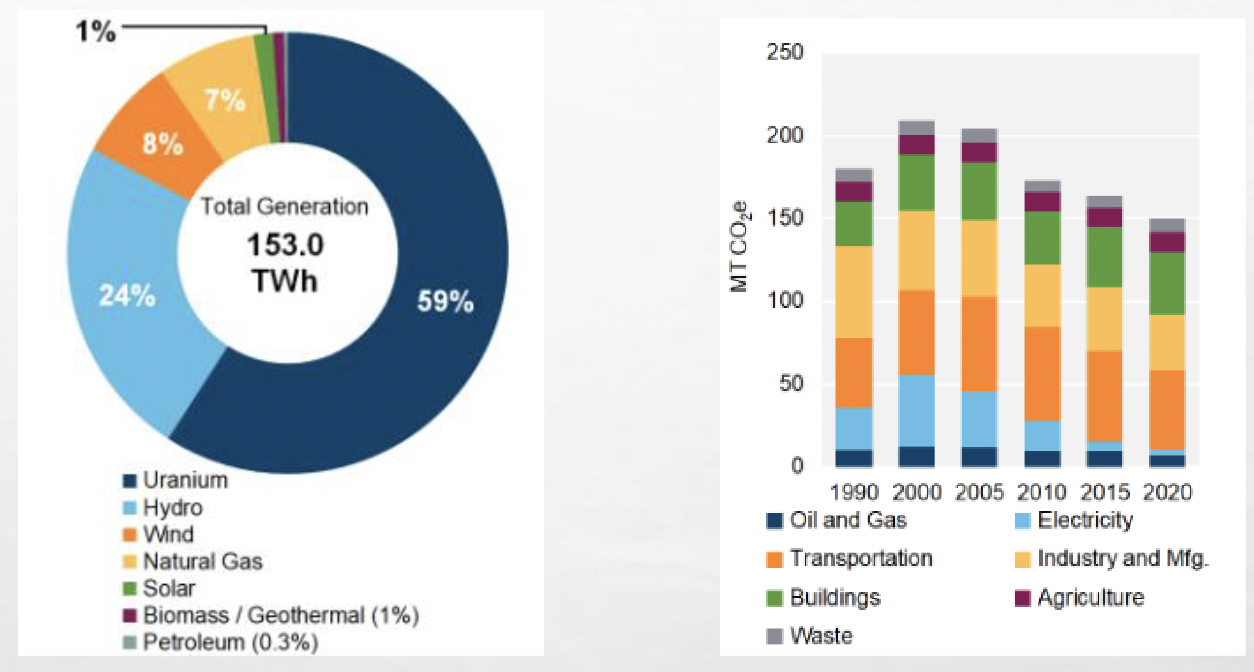
3 Research objectives regarding community renewable energy
Identify appropriate scales for community renewable energy (CRE) based on available technology, local geography/resources, economics, supply chains
Explore relation between population, scale, and social impact on CRE projects based on industrial mix, local geography/climate, growth forecasts
Policy solutions to support community renewable energy, adaptive policy to match supply and demand (local, regional, provincial)
3 Research methodologies regarding community renewable energy
Techno-economic models, life cycle assessment, process mapping → analyse renewable energy potential and appropriate scales of development (case study approach in southern ON)
Interviews, surveys, and focus groups → ascertain community perspectives (variety of scales), combine with demographic data (describes case studies) to establish energy demand trends
Focus groups and iterative modelling → Inform policy solutions to develop mechanisms to support CRE projects
3 Research impacts regarding community renewable energy
Determine policies and incentives required at local community level
Identify scale for renewable energy deployment (matching population needs)
Identify central role of community in terms of ownership and effects
Determine variables for future strategy, policy and research
Examples of region and scales for community renewable energy
Potentially zoning in on….
Peterborough to kingston
St. lawrence
Greater ottawa
Renfrew
Different scales within region up to QC border!
Options in ON for community renewable energy supply and demand
Nuclear
Hydro-electric
Wind, solar and bioenergy
Emerging technologies
Geothermal
Hydrogen
Storage as a generator
Top-down models
Policy decisions are taken from wider government institutions and handed down
Temporal feasibility of transition to community renewable energy is based on….. (3 things)
Temporal scale for uptake of technology
Speed of community and policy acceptance
Iterations between objectives
Energy transition is….
Reduce demand when possible, through energy efficiency and behavioural change, decarbonize electricity, electrify everything you can, and use renewable-based hydrogen for the rest
The scope of energy transition (looking at SDG 7- clean and affordable energy)
3 billion don’t have access to clean cooking solutions (air quality concerns)
Just under 1 billion have no electricity, 50% in Sub-Saharan Africa
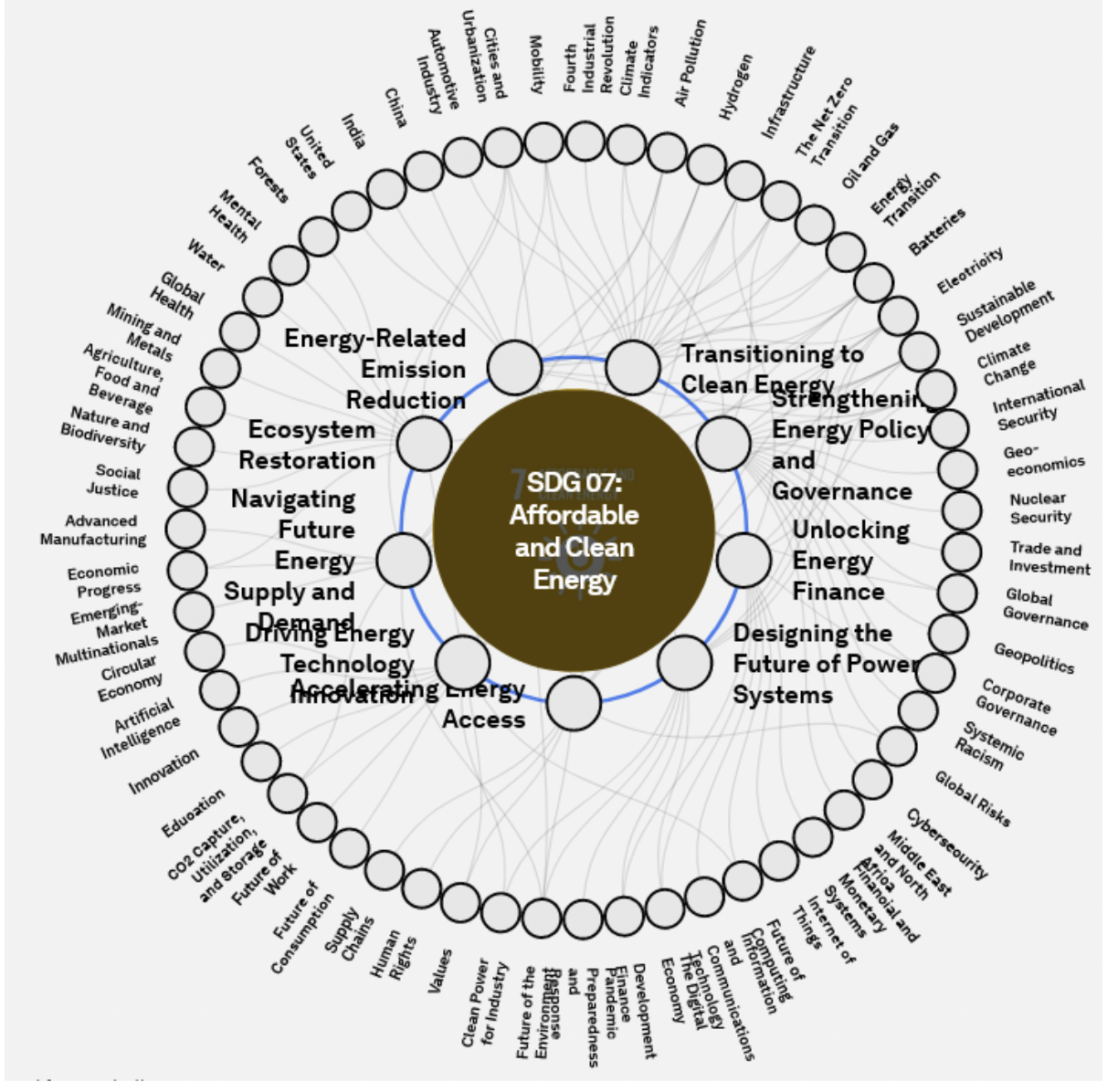
Decarbonization
Same as electrification…. if 60% of EU economy electrified, 95% emission reduction
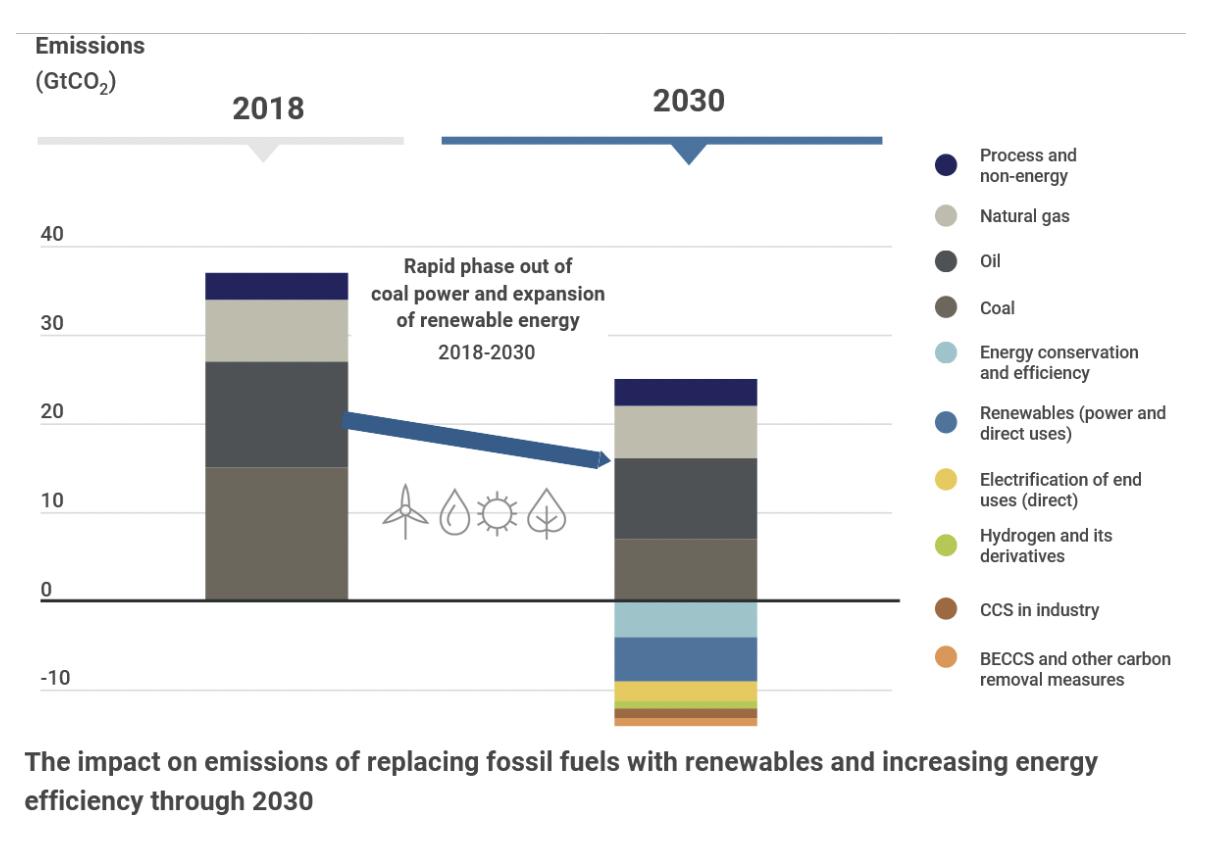
Energy transition policy
Range of policy required
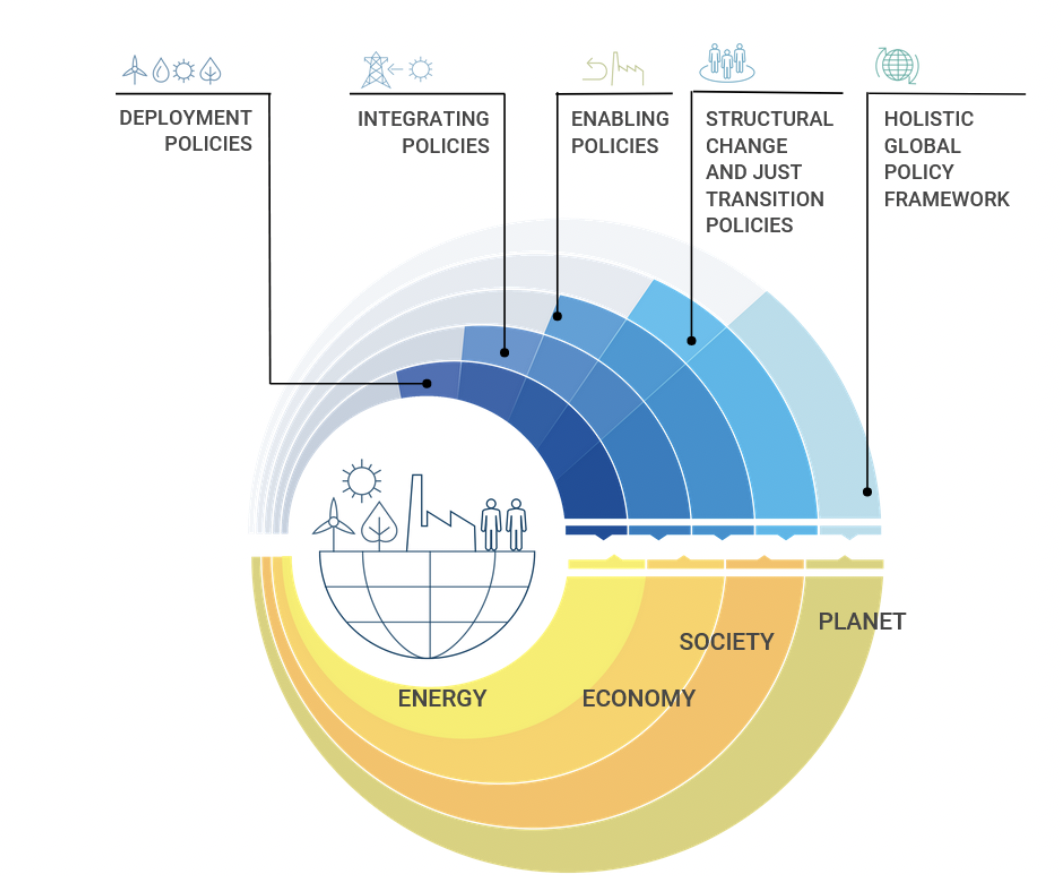
6 key technologies for energy transition
Bioenergy & biofuels
Geothermal
Hydropower
Ocean
Solar energy
Wind energy
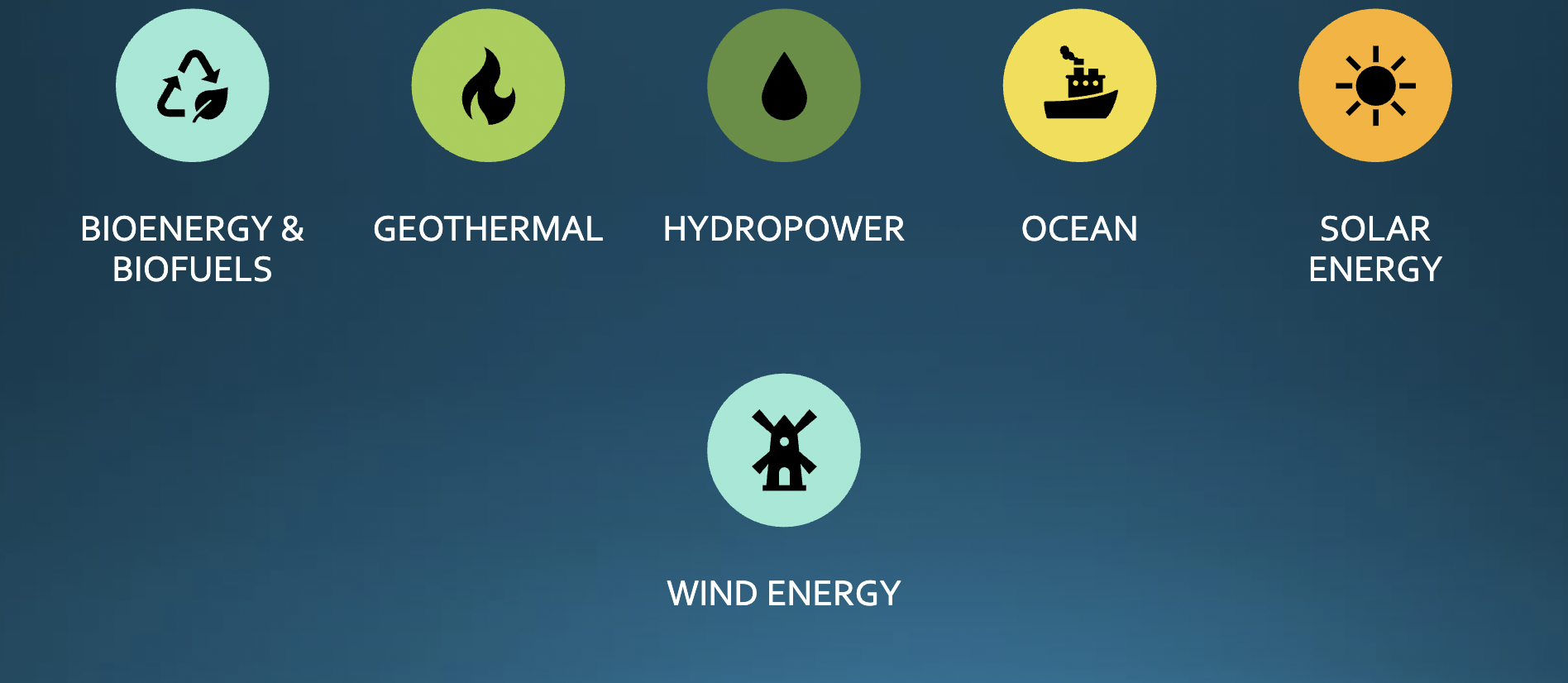
Bioenergy and biofuels downside
Similar requirements to food production (land, water, nutrients)
Agriculture already takes over
38% of ice-free surface
70% freshwater
3x pre-industrial nitrogen
At odds with forests
6 negative impacts of large-scale shift to biofuels
Deforestation
CO2 emissions from land-use change
CO2 emissions from operations
Nitrogen losses
Unsustainable water withdrawls
Food prices
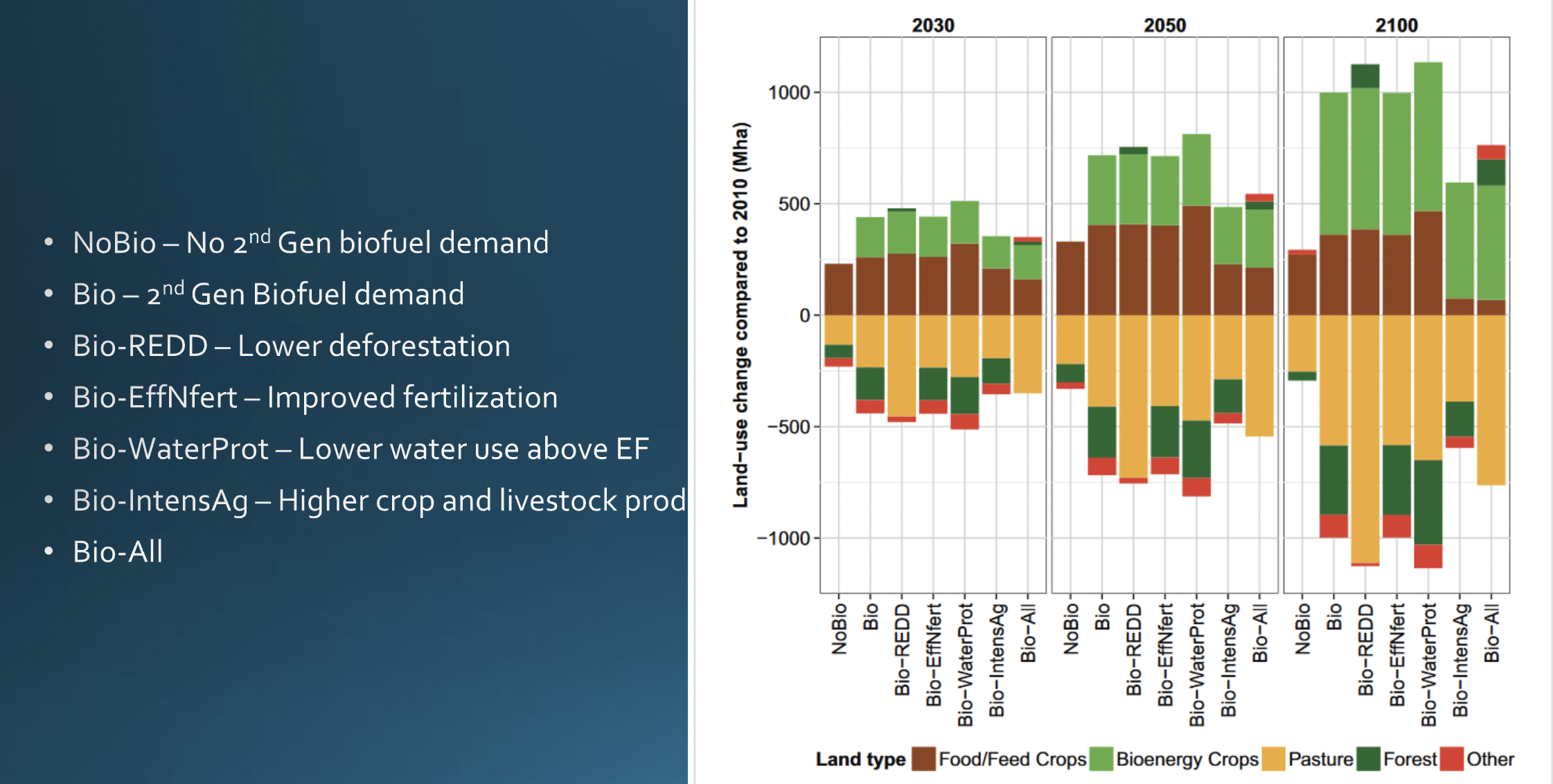
MAgPIE
Model of Agricultural Production and its Impacts on the Environment
Biofuels
Wastewater
Biogas
Algae biofuel
Solids
Organic waste
Agricultural waste
Forestry waste
Geothermal
Earth’s thermal gradient
Can be deep hot water or hot rock
Produces hot water or steam
Worldwide capacity— 15.4 GW
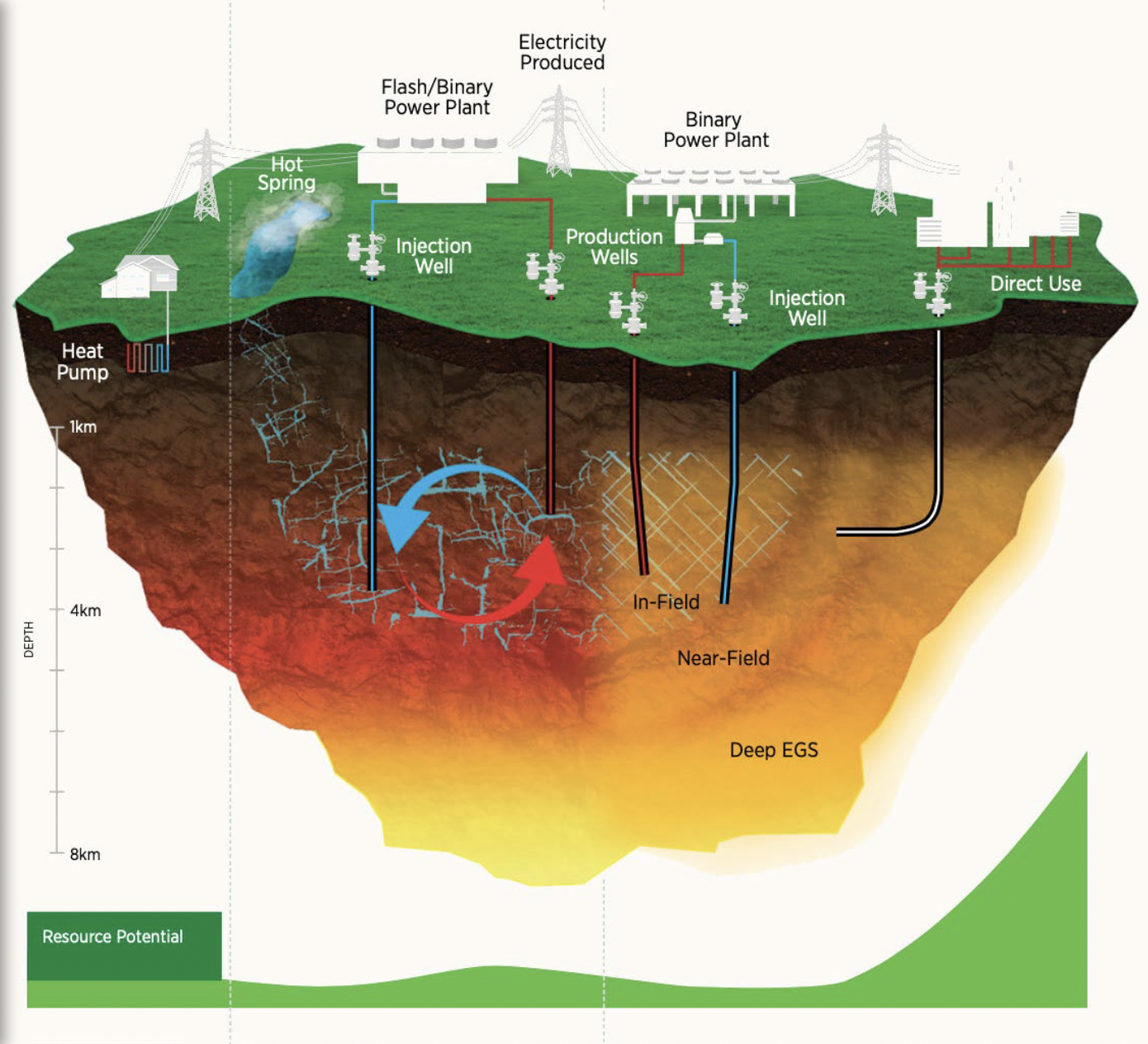
Hydropower
Global capacity of 1,360 GW
Impoundment
Run of river
In-river
Issues— environmental challenges, human impact

Ocean
Tidal (barrage, dynamic)
Waves
Currents
Salinity gradients
Ocean thermal
Solar
Photovoltaics
Thermal
Landbase
Wind
Wind-capturing turbines
Water, energy, food nexus
Water use as it relates to water security, energy security, and food security
Populations increasing globally with finite water resources— energy and food connected to water, more demands daily

5 Enablers of energy transition
Carbon capture
Critical materials
Energy storage
Hydrogen
Technology and infrastructure
4 Impacts of decarbonization of energy
Increasing demand for electricity
Increased integration
Higher levels of decentralization
Increasingly complex energy systems
Base load (the electrical system)
Minimum required to deliver to all customers
Peak load (the electrical system)
Changes to a maximum when users change